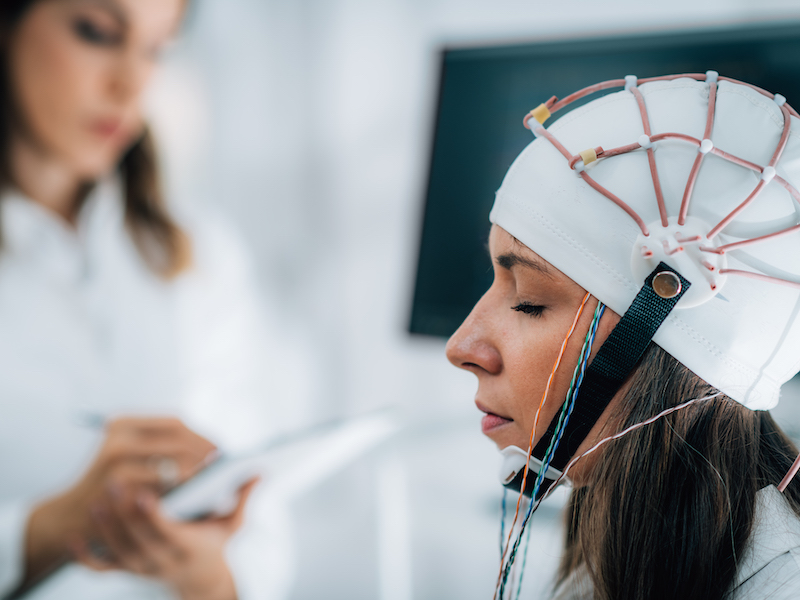

It’s also best to avoid food or drinks that contain caffeine (including coffee, tea, cola and chocolate) for at least 8 hours before the test. Avoid using conditioners, hairsprays, styling gels or other hair products. Wash your hair the night before or the day of the test, so that the discs stay attached to your scalp. Sometimes EEGs are conducted when you have purposely been sleep-deprived. You may be asked to do some deep breathing, look at a flashing light or sleep during the test.Īn EEG takes about an hour, but may be longer for a sleep recording. You will need to keep still during the test. You won’t feel any sensations from the discs. These discs are also attached to wires that send the electrical signals to a computer to record the brain waves. They are usually kept in place with a sticky paste. What does an EEG test involve?ĭuring the EEG, flat metal discs (electrodes) will be placed all over your scalp. Although an EEG is one of the main tools for diagnosing epilepsy, a negative or normal EEG test does not necessarily rule out epilepsy. encephalopathy (brain dysfunction that may have a variety of causes)Īn EEG cannot diagnose mental illnesses.Your doctor may recommend an EEG to diagnose or monitor conditions including: What conditions can an EEG test help diagnose? The test is safe and doesn’t hurt, as it is merely recording the brain’s electrical activity. If something is unusual about the brain’s electrical activity, it will show up in the EEG recording. This electrical activity is shown on a computer as ‘brain waves’, which are interpreted by a specialist doctor. An EEG records the electrical signals sent between brain cells.


 0 kommentar(er)
0 kommentar(er)
